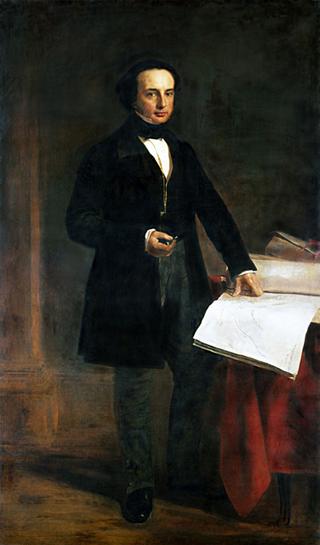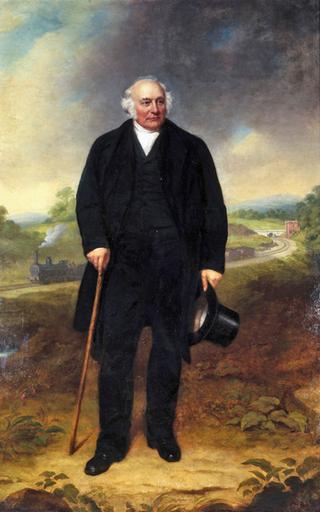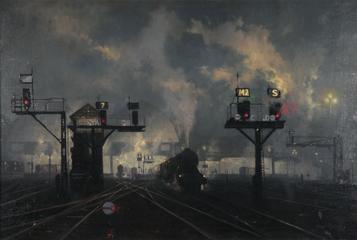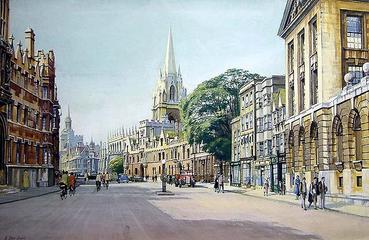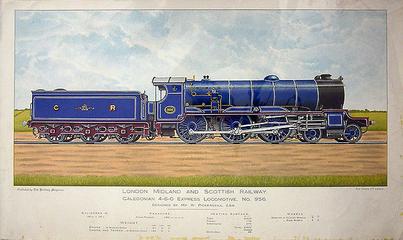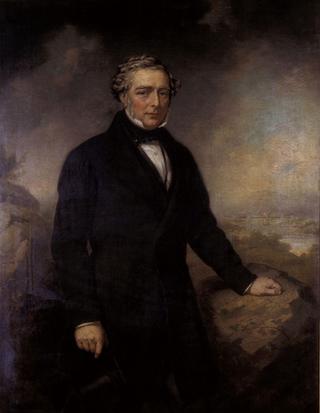
Engine House, Swindon
Lithograph, coloured, Great Western Railway, Engine House, Swindon, sketched and drawn on stone, by J C Bourne, printed by C F Cheffins, depicting the interior of the engine house with men at work, c1840, on card.
In 1840 Isambard Kingdom Brunel received a letter recommending Swindon as the location for a much-needed engine works. The letter’s writer was the superintendent of the Great Western Railway, Daniel Gooch, and the engine house was soon built. The Swindon works quickly became known for efficient and high-quality operations, both in new locomotive construction and maintenance work. This print depicts the building in 1846. In the middle it clearly shows the traverser, which was used to transfer railway vehicles from one set of rails to another. In the 1870s the Swindon site was extended to provide offices and drawing offices for the GWR. In 1992 the building was acquired by English Heritage and it now provides office space for Historic England and English Heritage.
This lithograph was published in 1846 as part of a series of views of the Great Western Railway by John Cooke Bourne (1814–1896). Eight years earlier Bourne produced a series of views showing the construction of the London & Birmingham Railway (also in the National Railway Museum collection). The Great Western views were very different to these earlier views: by 1846 the Great Western was already well established, so Bourne produced a series of drawings that reflected the grandeur and permanence of Brunel’s great broad-gauge railway.
Bourne was commissioned to create the Great Western series by Charles Frederick Cheffins. Cheffins was an engineer and draughtsman known for his drawings of locomotive engines, his cartographic work, and as a surveyor for numerous railroad projects. He started making lithographs in 1830 and often lithographed work for other artists. However, Bourne had the ability to transfer his own drawings onto the lithographic stone, so in this case Cheffins served solely as the printer.
It has been estimated that no fewer than 2,000 prints of railway subjects were produced during the years 1830 to the late 1840s, and scarcely a line opened without at least one view of its engineering accomplishments being published. It is difficult for us today to understand the emotional as well as financial commitment to railways during these early years. The railway was often seen as a slowly spreading symbol of change and progress towards a better world.
Details
- Category:
- Pictorial Collection (Railway)
- Object Number:
- 2001-8605
- Measurements:
-
: 14.4094 x 21.1024 in.; 366 x 536 mm
- type:
- print and lithograph
- credit:
- British Rail, Clapham
